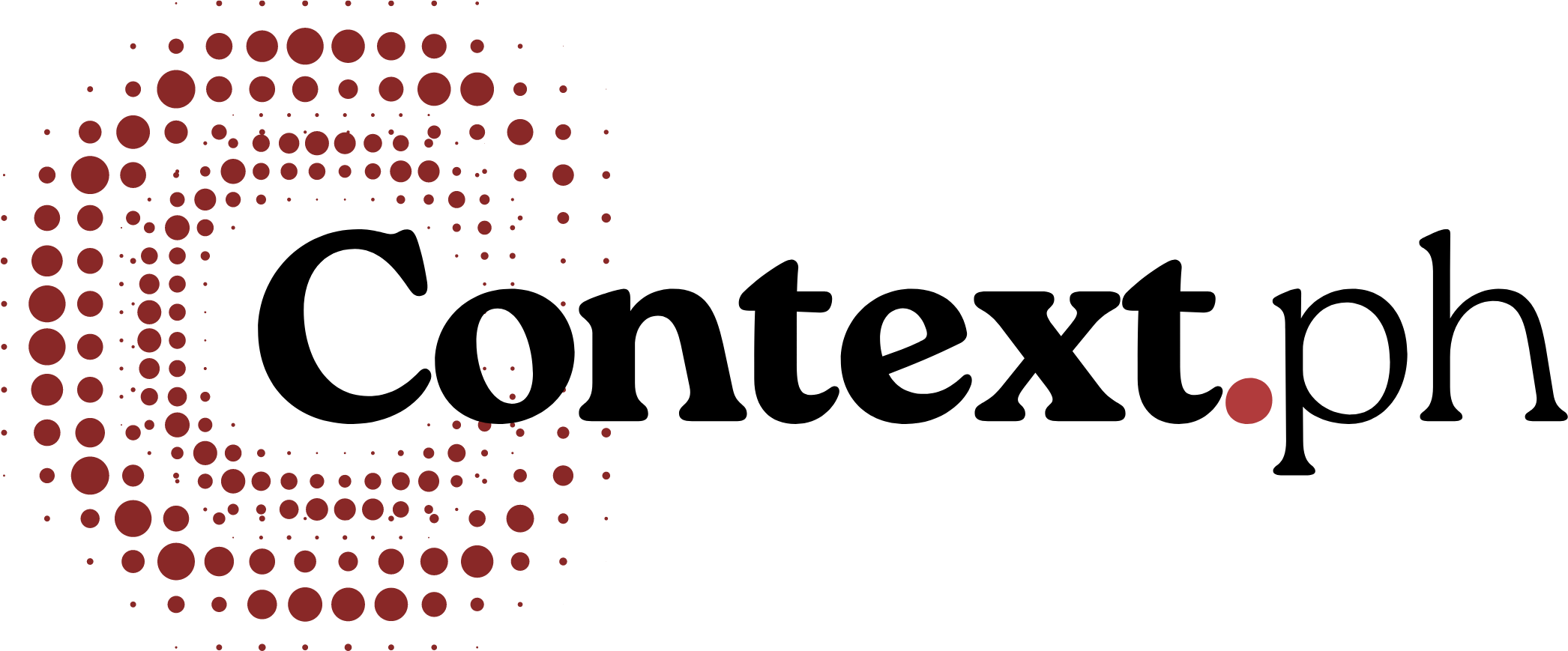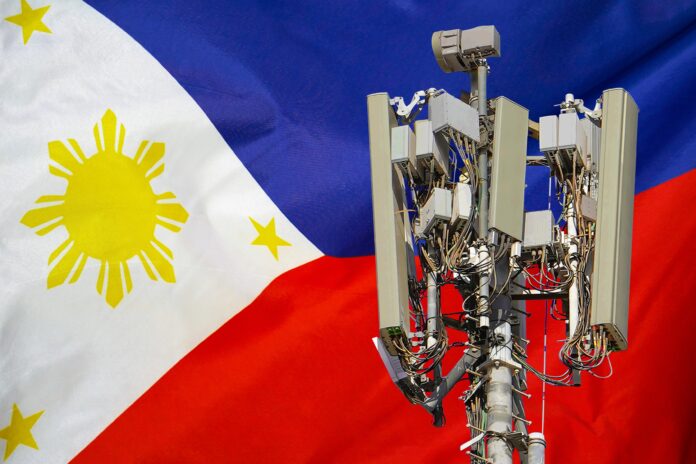Since the COVID-19 pandemic—a health crisis that triggered widespread lockdowns to curb mobility and prevent the spread of the virus—internet access in the Philippines has surged nearly threefold by 2024. Nearly half of all Filipino households are now online, spending an average of almost five hours a day browsing the web.
According to the National Information and Communications Technology Household Survey, a joint project by the Philippine Statistics Authority and the Department of Information and Communications Technology, 48.8 percent of households—around 13.6 million—had internet access in 2024. This marked a significant rise from just 17.7 percent in 2019.
Metro Manila and Central Luzon lead the country in internet access, with 68.7 percent and 61.3 percent of households connected, respectively. In contrast, the Zamboanga Peninsula and the Bangsamoro Autonomous Region in Muslim Mindanao had the lowest access rates, at 21.2 percent and 27.7 percent, respectively.
A majority of internet connections (58.8 percent) were through fixed wired broadband, while 39.9 percent relied on mobile broadband. Fixed wireless and satellite broadband accounted for 11.6 percent and 2.2 percent, respectively.
The average Filipino household spent P1,069.10 per month on internet services in 2024, a decrease of P211.49 from 2019.
Moreover, 61.5 million Filipinos aged 10 and over were internet users, with home being the most common access location (73.1 percent). Mobile phones were the preferred device for online access.
Nearly 80 percent of Filipinos now use the internet daily, averaging 4.6 hours per day.
The most common online activity among individuals was making calls, with 94.2 percent of internet users engaging in this activity. Other top activities are participating in social networks, creating user profiles, and posting messages or contributions at 87.3 percent, and streaming or downloading images, movies, videos, or music at 63.6 percent.
On the other hand, the internet was least used for participating in professional networks (4.4 percent), booking health appointments online (5.4 percent), and searching for jobs or submitting job applications (6.6 percent).
-0-







